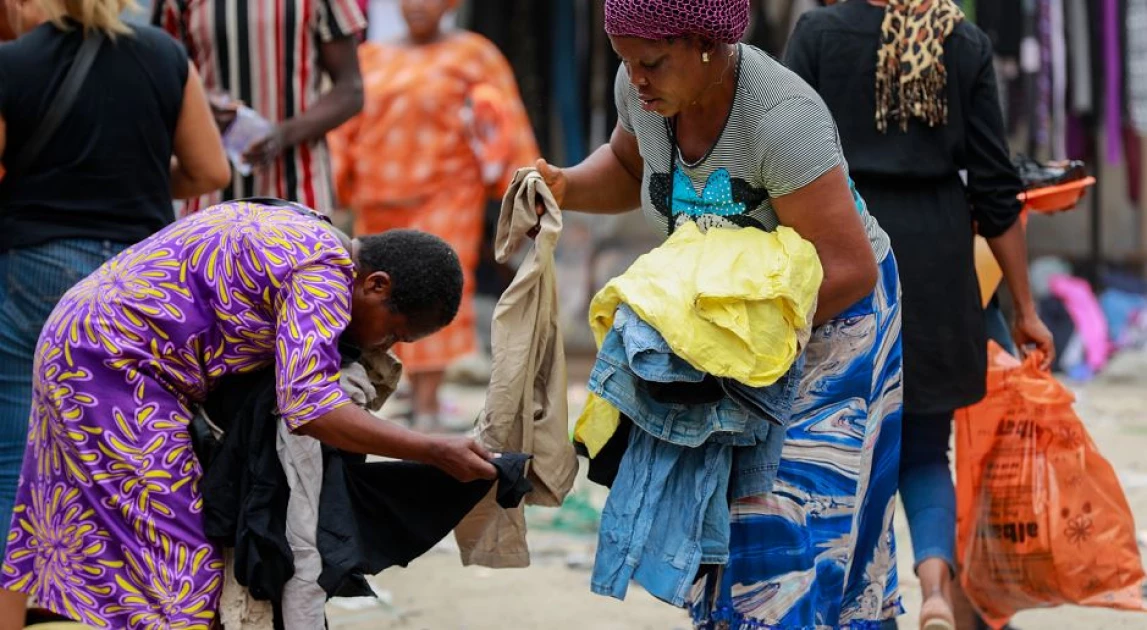Inside the multi-billion shilling Mitumba business that employs 2M people and traders import 8K containers a year

They cite it as the reason why the local textile industry died and with it, millions of jobs both from farmers to traders as well as lost revenue.
Kenya is one of the largest importers of second-hand clothes in Sub-Saharan Africa and while their ideas may be sound, it always turns out to be a hot button issue.
We start with demand, a study by the Institute of Economic Affairs and Mitumba Consortium Association of Kenya in 2019 revealed that 91.5% of households buy second-hand clothes worth Ksh.1000 and below.
“The existence of second-hand clothes is a demand-side issue rather than a supply-side issue,” read the research results.
“The volume of imported second-hand clothes and footwear reflect the domestic demand for these goods among the Kenyan population.”
The report also highlighted that Kenyans spent about Ksh.197.5 billion, an average of Ksh.4,150 per person per year for all purchases of second-hand and new clothes and footwear.
“Compared to the rest of middle-income countries, Kenyan consumers spend much less than others on clothes and footwear and this expenditure is constrained by the income levels and the amount of disposable income available to the average family,” read the report.
The demand is also as a result of the relatively cheap price that Mitumba clothes go for.
“For a considerable number of people, incomes in the country can only support the buying of second-hand clothes.”
While the collapse of the local textile industry has translated to billions, if not trillions of lost revenue, the Mitumba industry also does generate a lot of money for the State.
“The value of these imports for the corresponding years shows that the nominal value of imports into Kenya has risen by 80% from Ksh.10 billion to Ksh.18 billion in the same six-year period.”
In 2019, reads the research findings, import taxes added up to US $15,000 (Ksh.1.7 million) per 40ft container (equivalent to 24 tonnes).
“Kenya imported 185,000 tonnes of second-hand clothing in 2019, equivalent to an approximate 8,000 containers,” the findings reflect.
This also has a direct effect on taxes with the findings showing taxes paid amounted to Ksh.12 billion, about Ksh.1 billion shillings in revenue per month.
“The traders also pay business license fees, among other payments to national and county governments.”
There is also the issue of how many people depend on the second-hand clothes sector for their livelihood.
“Apart from revenue generation for government, they offer livelihoods to almost two million people,” says the report.
“The two million people estimated to be in the second-hand clothes industry are employed in more than one sector, such as farming. Trading in second- hand clothes can be seasonal, especially in rural areas. Employment covers, handling, alterations and refinements and distribution of clothing.”
Want to send us a story? SMS to 25170 or WhatsApp 0743570000 or Submit on Citizen Digital or email wananchi@royalmedia.co.ke
Comments
No comments yet.



Leave a Comment